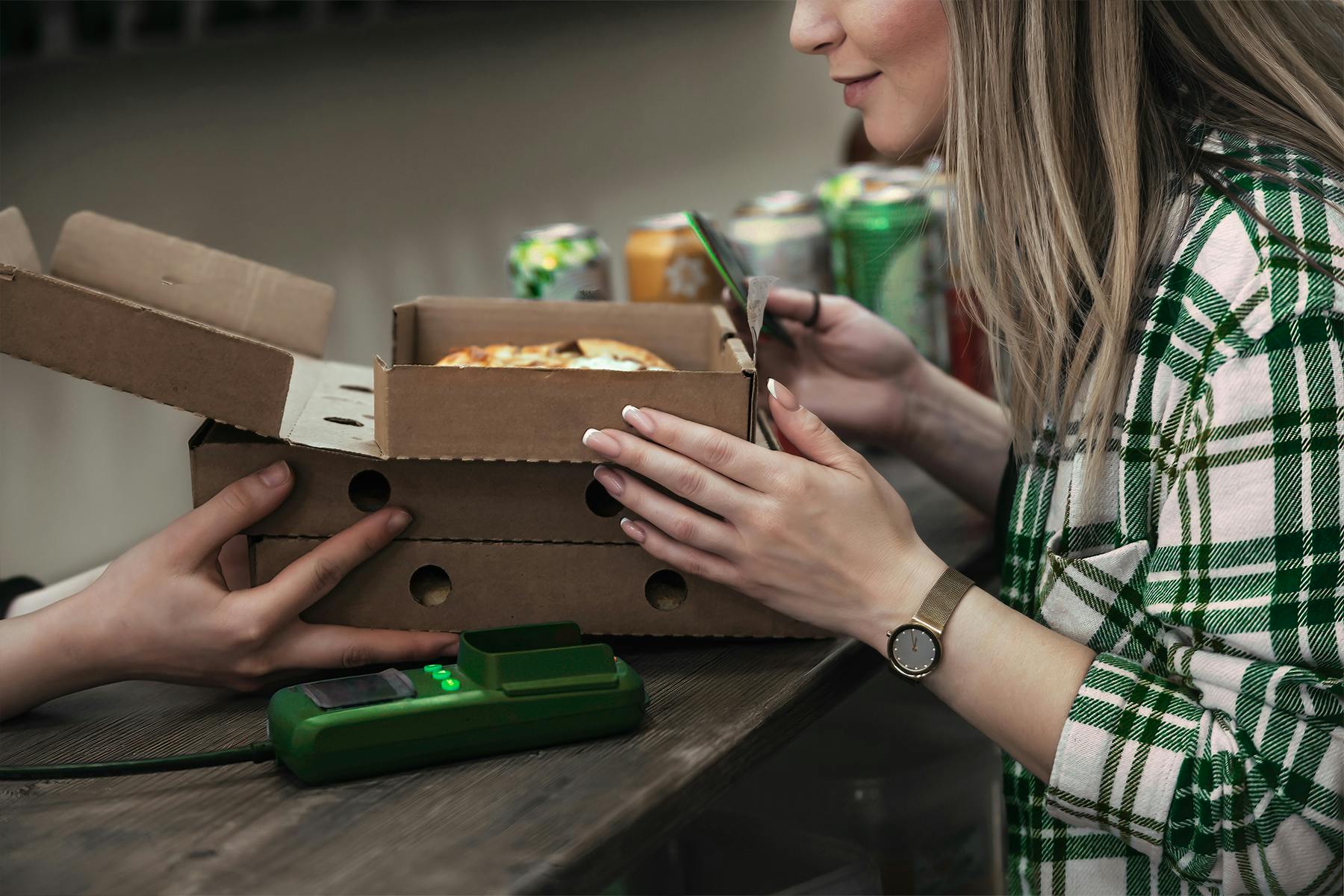Omnichannel Ordering Technology is the Future of Food to Go

Deliverect’s UK team was delighted to attend the MCA Food to Go Conference 2023 on March 7th at Ham Yard Hotel in London’s West End.
Operators, marketers, tech providers, and market analysts from convenience, quick service, delivery, and FMCG industries discussed economic conditions, consumer habits, and opportunities in the food-to-go market.
With 4.1% growth YOY driven by inflation, rising costs, and consumer wariness overspending, the market conditions remain challenging. However, with ambitious growth plans for some of the leading convenience retailers, FMCG products driving repeat purchases on marketplaces, and omnichannel technology a focus for major brands, there are opportunities in the market, too.
In fact, according to an analysis by IGD, the UK food-to-go market is projected to grow to £23.4 billion by 2027, a 26% increase from 2019.
We’ve picked out a few highlights and relevant takeaways to give you a snapshot of the current conversation around convenience and takeaway foods.
Top 5 Takeaways from the Food to Go Conference
The main themes that emerged from the conference were:
Challenging market conditions due to high operating costs and consumer sensitivity to pricing
Growth opportunities around travel hubs and healthy foods
Omnichannel and technology are the future of food-to-go
Let’s explore our top five takeaways in more detail.
FMCG and convenience are driving growth
Data from Lumina Intelligence showed that the top ten food-to-go operators will grow by more than 1% by number of outlets, with the top three—Co-Op, Premier, and Tesco—being in the convenience category.
This finding echoed throughout the conference, with multiple speakers agreeing that FMCG is an important driver of order frequency on most aggregators.
For example, Uber’s Head of Enterprise, Gabriella Overeem, revealed that having FMCG brands on its platform massively increased visit frequency.
Lumina Intelligence presented data showing the consumer demand for food-to-go brands to release retail products. KFC, McDonald’s, and Gregg’s came out on top of the brands consumers want to see on grocery shelves that don’t currently offer retail products to go.
This reflects trends we’ve been seeing with FMCG brands finding success with direct-to-consumer (D2C) models, including direct product delivery via Heninz to Home and UnileverNow.
Omnichannel ordering technology is the future
There was a lot of chatter around omnichannel technology, especially how the pandemic accelerated the industry’s digitalization. Various panelists discussed how brands embrace digital ordering channels to satisfy the consumer demand for convenience.
From digital loyalty and in-store ordering solutions to better delivery tech, big brands like Leon, Caffe Nero, KFC, and Mcdonald's are investing in better technology to delight customers. At Deliverect, we’ve seen many restaurants gaining numerous benefits by embracing an omnichannel strategy.
Overall, Jill Livesey, Managing Director of MCA and Lumina Intelligence, highlighted the importance of quality, omnichannel, and technology in molding the future of food to go.
Customers spending on affordable options
With average earnings and consumer confidence down year over year, people are looking for more affordable options. One of the slides showed that consumers choose to buy food only on the go, with combined food and drink purchases down 4.2%.
Customers also prioritize spending with affordable operators like Five Guys, Pret, and Gregg’s. Also, convenience retailers are moving to tiered pricing for lunchtime meal deals to cater to a broader range of budgets.
Consumers demand convenience
A discussion on digital evolution with representatives from Uber Eats, Domino’s, and Caffe Nero saw the latter’s Chef Executive, Will Stratton-Morris, reveal the coffee chain’s initial hesitation about moving online.
But after Covid-19 restrictions forced his hand, Caffe Nero shifted its mindset and quickly realized it needed to meet consumer demands for convenience.
Offering customers a great online experience using digital ordering channels became an important theme for food-to-go operators looking towards future growth.
Food-to-go operators looking to diversify and add daytime offerings
Another way brands are overcoming the challenges of high inflation, high operating costs, and lower consumer spending is by offering a more comprehensive range of options.
Food-to-go operators are trying to increase their daytime offerings with breakfast, lunch, and dinner choices.
And meat-free and health-focused foods continue to be popular, with vegan and high-protein options dominating new product offerings, according to Lumina Intelligence data. Although new vegan products were most common at 36%, they are on a downward trajectory with a 12% slow-down YOY. High protein, in second overall, is on the up with a 13% rise, and low calorie remains a steady third.
As food-to-go retailers and restaurants diversify with even more complex menus, they need the right technology to manage them efficiently.
Quality, omnichannel, and technology are the future of food to go
Although consumers are generally cautious, Lumina Intelligence data shows that people still value quality, with 85% saying quality has a price and 75% willing to pay for higher quality. This mirrors our findings that 90% of people say quality ingredients are more important now than before the rise in inflation.
Technology plays a huge role in delivering convenient omnichannel ordering experiences to customers. Many of the brands at the conference showed that they are willing to invest in technology to give customers better digital experiences.
The right technology can unlock massive opportunities for food to go operators – by delighting customers with a range of seamless ordering options, minimising errors, and providing data to make better decisions.